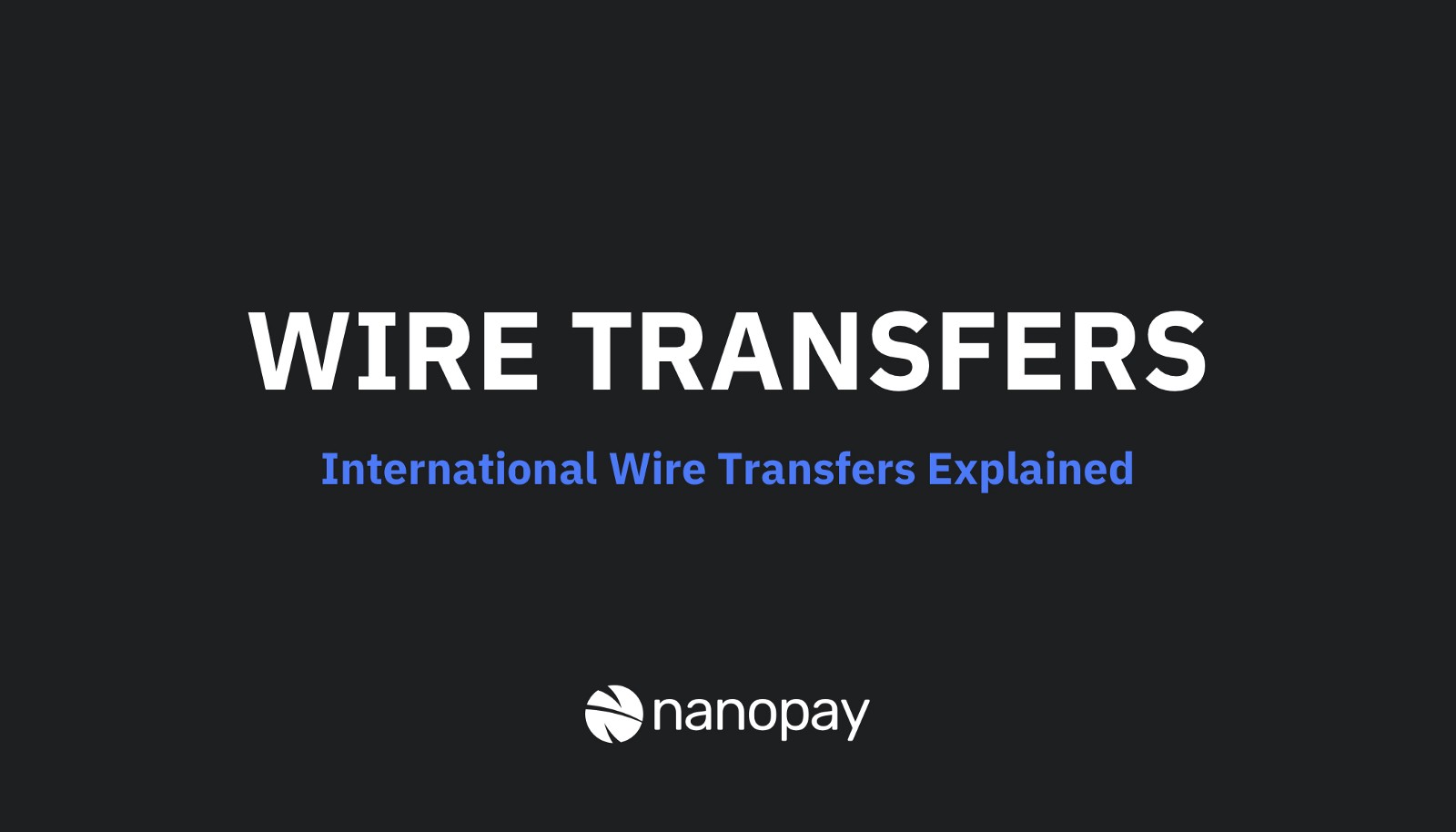Whether you’re making international business trades, sending money to friends and family living overseas, or purchasing a property abroad, it’s possible you’ve had to make an international wire transfer. In these cases, have you ever wondered how money moves from your account to a bank account on the other side of the world? It’s not as straightforward as you may think…
How the money moves
International wire transfers use a surprisingly archaic process, so while you may think your transfer is immediately sent electronically to the recipient, this is not the case. At the highest level, money moves between banks that have an established financial relationship, which means that the banks hold reciprocal accounts with each other. Picture this–each bank has many financial relationships, so they have money sitting in many commercial accounts at other banks all over the world. As the banking system is so complex, it is actually easier to hold an account in another country, and use that account to make payments, than it is to send money across borders numerous times a day.
The Message
To know how much to send and who to credit, banks use the Society for Worldwide Interbank Financial Telecommunication (SWIFT). SWIFT does not actually send any money, but they transmit the message between banks. SWIFT, put simply, is the instructions to withdraw money from your bank account and deposit the money into a recipient’s bank account.
Example
Let’s say Jenny wants to send $100 CAD from her account at RBC in Canada to Frank’s account at Barclays in the U.K. Depending on RBC’s relationship, there are two ways in which the wire can take place:
1) Banks have a direct relationship
In this case, RBC has an account with Barclays and vice versa, so the transaction is simple. RBC sends a SWIFT message to Barclays letting them know to transfer the funds.
- Step 1: RBC will withdraw $100 CAD from Jenny’s account
- Step 2: RBC will deposit $100 CAD into Barclays commercial account (held at RBC)
- Step 3: Barclay’s will withdraw $100 CAD from their internal account
- Step 4: Barclays will deposit $100 CAD into Frank’s account
2) Banks do not have a direct relationship
International wire transfers often occur between banks that do not have an existing relationship. In this case, RBC can search the Society for Worldwide Interbank Financial Telecommunication (SWIFT) network for one or more correspondent bank that has accounts with both banks. Let’s say Bank of America has accounts with both RBC and Barclays.
- Step 1: RBC will withdraw $100 CAD from Jenny’s account
- Step 2: RBC will deposit $100 CAD to their internal account
- Step 3: Bank of America will withdraw $100 CAD from RBC’s commercial account (held at Bank of America)
- Step 4: Bank of America will deposit $100 CAD to Barclays commercial account (held at Bank of America)
- Step 5: Barclays will withdraw $100 CAD from their internal account
- Step 6: Barclays will deposit $100 CAD into Frank’s account
The fees
The examples above were simplified, as no fees were introduced. Typically, with each correspondent bank, an additional fee is debited from the amount. Plus, with international transfers, the money will be converted to the destination currency at a rate unknown to the sender. Overall, these factors mean that the amount of money the recipient will receive is unknown, which can cause big issues for international invoices or purchases. International money transfers are extremely costly for banks too, as they have to keep money tied up in accounts all over the world.
Wire transfers use such a complicated, expensive process, that it has become a focal point for innovation, as companies like nanopay continue to improve on the current process. To learn more, visit www.uniquedoesnotexist.com.





